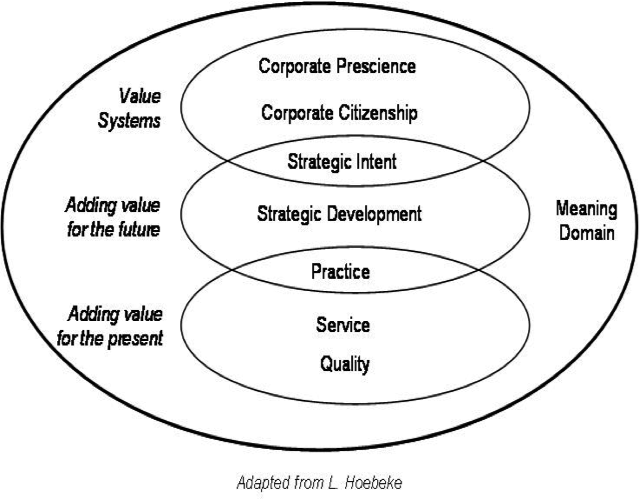From Potential to Performance
In my time consulting in the Human Capital space, I have encountered a plethora of talent management tools and methodologies designed to leverage employee potential. These methodologies have included the application of complex competency frameworks, different performance management systems (online and manual), talent management grids, the use of psychometric, cognitive, and behavioural assessments, and a multitude of coaching and team interventions.
While all of these methodologies undoubtedly achieve a level of success, they often appear too static and do not always allow the uniqueness of each individual to shine through, often because they force people to “fit into a box”, where certain results are more sought-after than others. This not only forces people to compete with each other but tends to cause an organisation to view “talent” as only being the minority of roles that can be found at the top of the structure. In contrast, the majority of any organisation’s workforce will be made up of ordinary people who fit somewhere in the middle (i.e. neither high flyers nor loafers). Finally, in my experience, the regular assessment or performance management process is quite a cold, impersonal experience for candidates, as they are often expected to complete a series of online surveys and psychometric assessments, where they are not provided with any leeway to express their individuality.
At BIOSS SA, our approach addresses the above criticisms in several ways. We believe that there exist natural themes of work that manifest into different accountabilities throughout organisations, all of which are crucial to ensure that the organisation, and its employees, can meet their strategic mandate. This is evident in our core management model, the Matrix of Working Relationships (MWR). In this model, seven themes of work are described, each with a specific value-adding theme and each concerned with providing a unique contribution to the organisation.
The first three work themes are considered the production engine of the organisation and are concerned with creating value for the present. These themes of work are referred to as Quality, Service and Practice.
The following two themes are concerned with adding value for the future viability of the organisation. These work themes are referred to as: Strategic Development and Strategic Intent.
The final two themes of work are about value systems which ensure global positioning and transformation of corporate entities and industry. These themes of work are referred to as Corporate Citizenship and Corporate Prescience.

Capability, according to the MWR, is defined as the decision-making process that takes place when knowledge and experience do not suffice. The future generally tends to be unknown, and it is only our judgement that allows us to deploy ourselves and our teams’ knowledge and experience to the best effect.
Another value that seems to be unique to the BIOSS Approach is the concept of “Appreciation”, where we focus on creating a space for candidates to explore their career journey, aspirations and preferred ways of working. This means that a candidate who goes through one of our approaches (such as the Modified Career Path Appreciation (MCPA)) is left fulfilled, with a clear understanding of both their current level of complexity at which they can comfortably function, as well as the likely longer-term development of their capability. Thus, it is an appreciation of where an individual experiences “flow” – i.e. the work that they find challenging and stimulating, as well as how they prefer to approach work in ideal circumstances.
As the MCPA process is not an “assessment” but a process where an individual is allowed the space and time to reflect on their preferred ways of working, their career history and journey and future aspirations, it is a process that allows the organisation to better understand how best to utilise each of its employees so that all of them have the best chance to reach their potential.
The MCPA process is unique, is a process that no one will ever forget, and creates mutual benefit for an individual and an organisation. Ideally, there should be as good a match as possible between an individual’s capability and the responsibilities with which they are entrusted. When this balance prevails, the individual experiences a flow of energy connecting them to their work and sustaining them.
When people are in the flow they feel energised. They feel that they know where they are going, uncertainty is manageable, and decisions come readily. They perform optimally and produce results making their most valuable contribution to organisational success.
Latest Blogs
- The Role of Psychometric Assessments in Employee Selection and Development: A Scientific Approach
- An Introduction to Requisite Organisation (RO) and Levels of Work (LoW)
- Judgement in Uncertainty
- Organisational Design: Myths and Best Practice
- Creating leadership signature: Importance of supporting a transition
